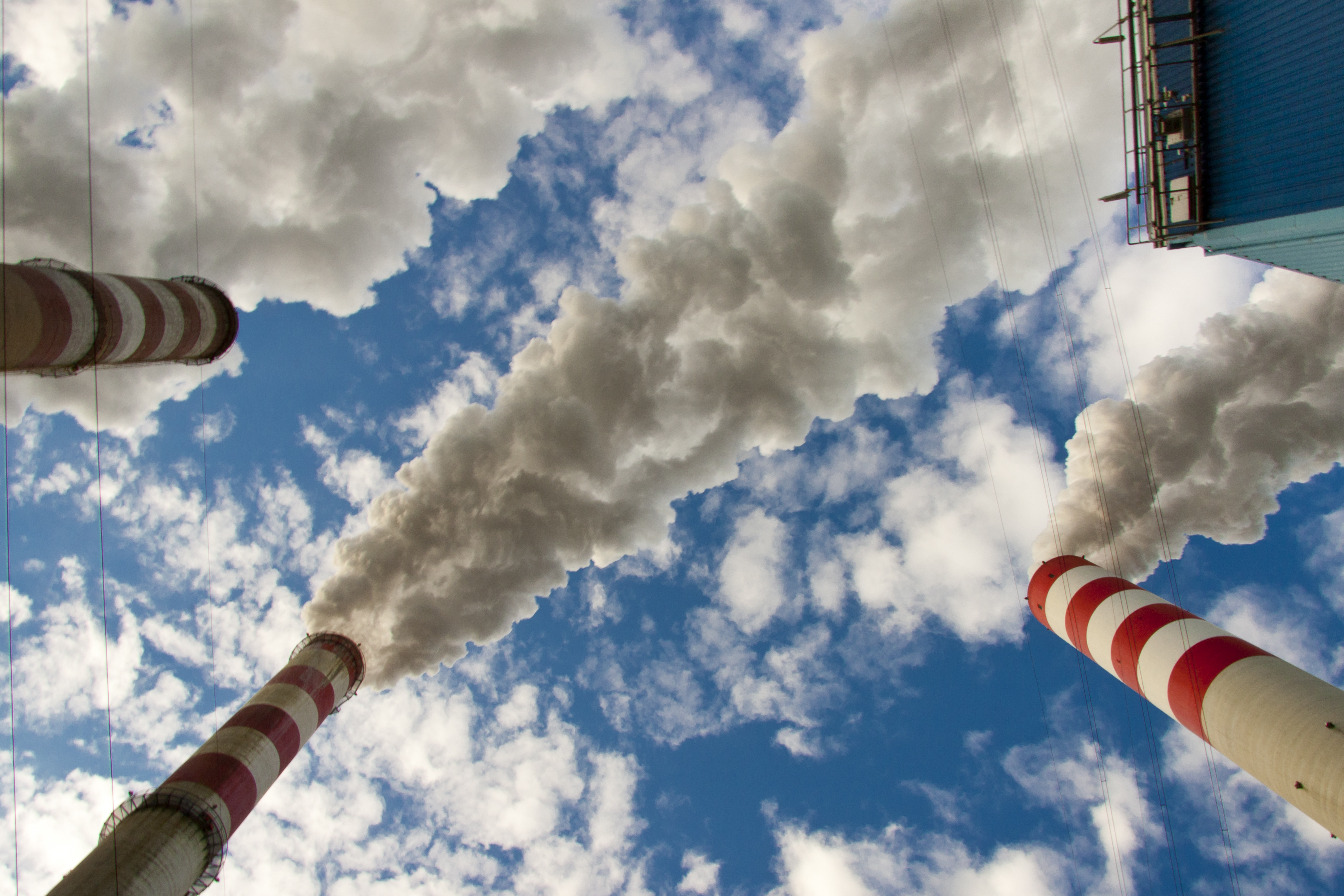Members of the assembly’s environment committee commented on some of the more than 700 amendments submitted to aproposal put forward by the European Commission last year, before nations across the world reached in December in Paris the most sweeping deal so far to combat climate change.
Some of the lawmakers want to change the commission’s plan in order to enact even faster emissions cuts in Europe and curb oversupply in the market, which added to an 80 percent drop in carbon prices in the past eight years. Others aim at protecting the industry from what some politicians fear could be an excessive rise in pollution costs in the next decade, reports Bloomberg.
“It’s not at all a done deal that we’ll see more ambition,” Philipp Ruf, lead analyst for EU carbon market at ICIS Tschach Solutions, said in an interview in London. Disagreement among political groups in the EU Parliament and national governments means that a final deal on the draft law is unlikely until near the end of next year.

Benchmark carbon allowances in the EU market, the world’s biggest, rose 4.4 percent to 5.17 euros a metric ton on Thursday at the ICE Futures Europe exchange in London. That compares with the range of 25-30 euros envisaged by lawmakers when the rules for the 2013-2020 period were established last decade.
“Paris has changed the debate in terms of climate ambition,” Ian Duncan, a British member of the committee responsible for steering the reform through the Parliament, told Bloomberg News before the debate. “There is a desire across the political spectrum that the EU Emissions Trading System should deliver on the pledges made in Paris last year.”
The ETS is the 28-nation EU’s main tool to meet its target of cutting emissions by 20 percent in 2020 compared with 1990 levels. The bloc’s leaders decided in October to tighten the headline goal to 40 percent by 2030, an objective that requires a 43 percent cut in greenhouse gases from companies covered by the carbon market compared with 2005.
To achieve that target, heads of government agreed that the cap for emissions from around 12,000 installations owned by utilities and manufacturers in the ETS should decrease by 2.2 percent each year starting in 2021. In the current eight-year phase that started in 2013, the annual pace of pollution reduction is 1.74 percent.
Even Faster
Several amendments submitted by lawmakers from various political groups call for the so-called linear reduction factor to accelerate even faster. The Greens’ Michele Rivasi wants it to be 4.2 percent while the Liberals’ Gerben-Jan Gerbrandy and a group of Socialist Democrats including Jytte Guteland and Matthias Groote are seeking 2.4 percent.
The European People’s Party, the biggest political group in the EU Parliament, defended the 2.2 percent factor. It is an “ambitious” offer that respects Europe’s international commitments, said Ivo Belet, the group’s lead lawmaker on the carbon-market reform.
Duncan, whose rapporteur role required him to draft a report on the reform after consulting all political groups, proposed in May a possibility for EU to consider after 2023 revising the annual pace of emission cuts.
He also put forward a plan to empower national governments to retire carbon allowances linked to closures of power plants, a move that would help avoid aggravating the surplus of permits. Furthermore, he wants the commission to take steps if overlapping EU policies on climate, energy efficiency and renewables undermine demand in the ETS.
Compromise Amendments
A vote on the reform in the environment committee is scheduled for Dec. 8, after the industry committee, which has an advisory role, adopts its opinion in October. Closer to the vote representatives of political groups in the committees, known as shadow rapporteurs, usually try to agree on compromise amendments, which could attract cross-party support.
“We are in the early stages of our debate with a long journey ahead of us, but I am confident there is a willingness there around the table to get a good deal done,” Duncan said.
Changes to the commission’s proposal would require majority support in the environment committee and the parliament’s plenary as well as qualified-majority backing from EU governments to become a law. The commission, the EU’s regulatory arm, also has a say in the final stage of negotiations on the reform. An amendment to the linear reduction factor or the headline emissions target would need unanimous backing from EU countries as such a modification would alter what nationalleaders agreed to in October 2014.


